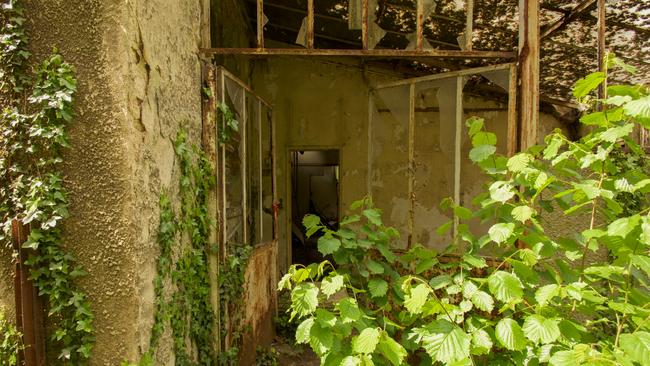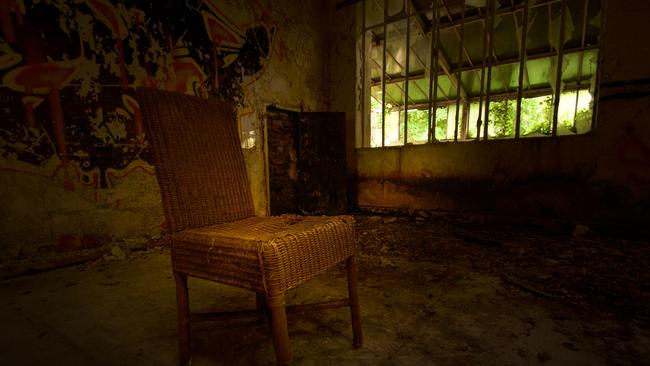Behind the doors of France’s spooky ‘human zoo’
JUST outside Paris is a tumbledown, decaying reminder of France’s colonial past. A zoo in which the exhibits were human.

IT’S a throwback to colonial times which, more than a century on, is positively archaic.
In 1907, on the outskirts of Paris, men, women and children from countries including Madagascar, Sudan, Morocco, and the Congo were “imported” into a purpose-built park, living behind fences on display to the locals.
The equivalent of a human zoo was set up in 1907 on land at Nogent-sur-Marne, around 10km from the city centre, to promote French colonialism.
The “zoo” — called — Le Jardin d’Agronomie Tropicale — was actually set up as an experimental botanical garden, Roads & Kingdoms reports, which featured themed pavilion’s of France’s then colonial holdings.
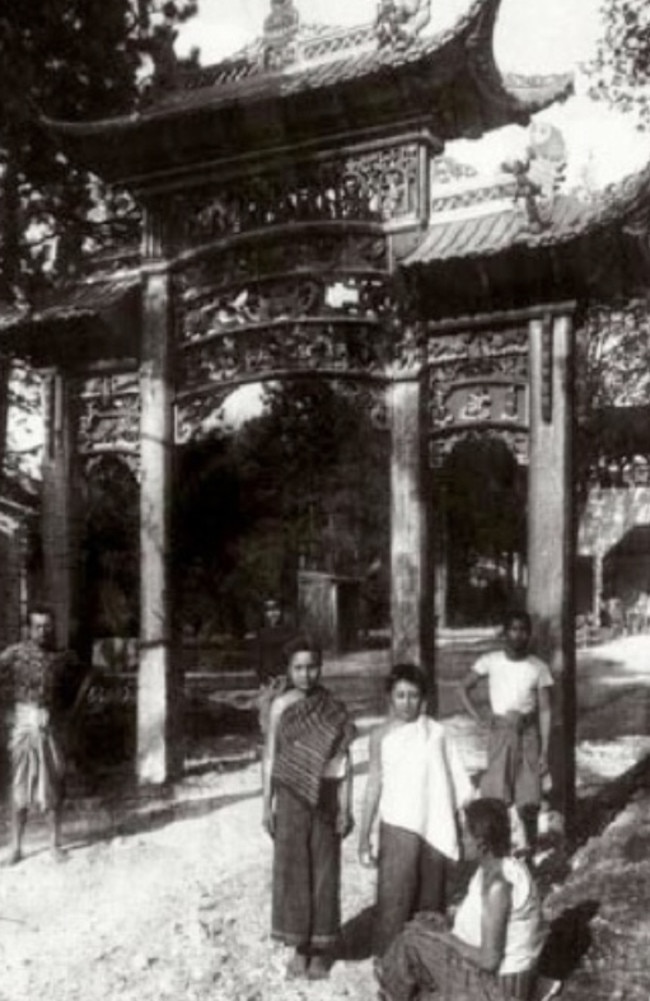
Photographer Seph Lawless visited, and said being among the overgrown vegetation and crumbling remains was like being in a real-life episode of Netflix’s sci-fi anthology series Black Mirror.
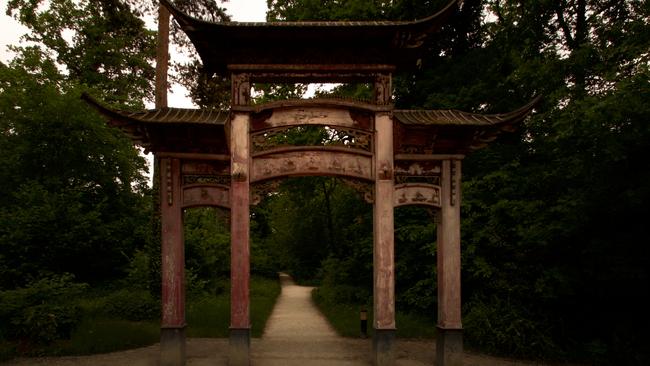
But for an exposition in 1907, five “living villages” were created: Indochinese, Madagascan, Congolese, a Sudanese farm and a Tuareg encampment.
They didn’t only import the rare exotic plant life, they also imported the people, installing them in the houses of each culture.
The humans imported to live in the villages were under constant observation.
“In the Tuareg camp, visitors could see live camels and a mock attack by the local tribesman on a postal courier,” according to Roads & Kingdoms.
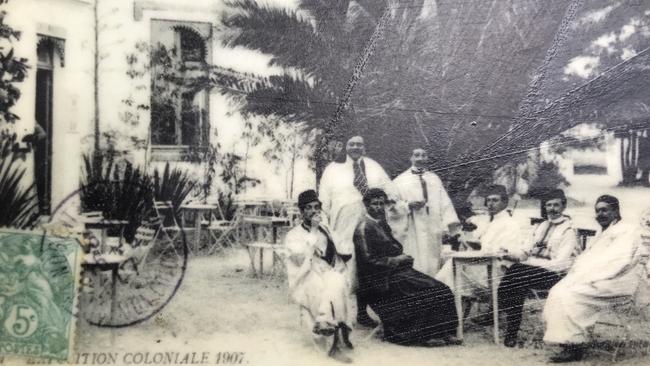
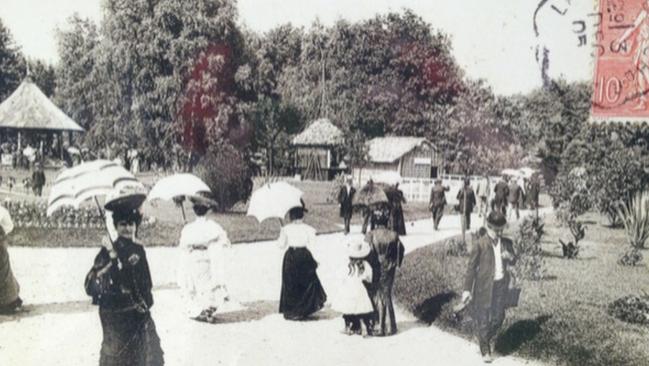
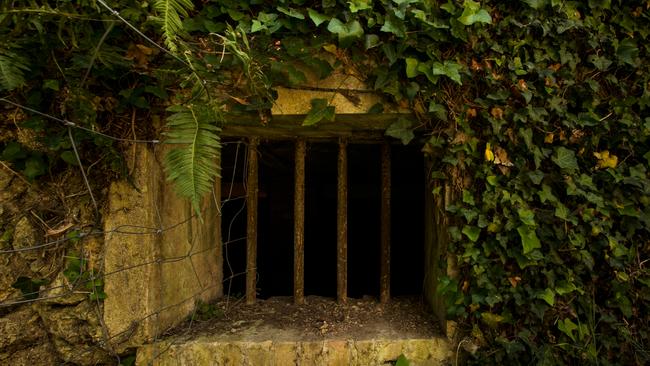
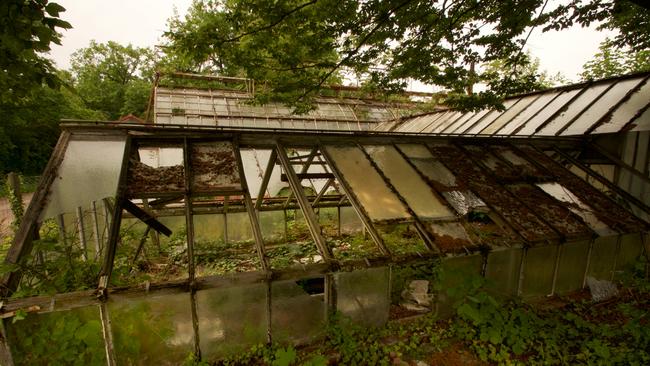
“The straw-roofed villages with semi-nude women and men performing warrior dances reinforced visitors’ ideas of European benevolence — that the French were bringing ‘civilisation’ to the primitive people.”
Lawless said from May to October of its opening year, the human zoo drew more than one million visitors.
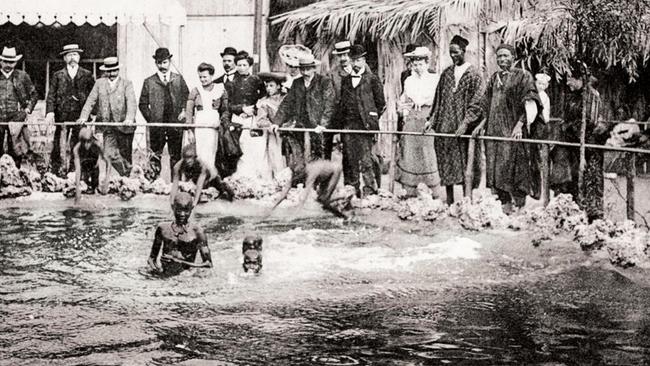

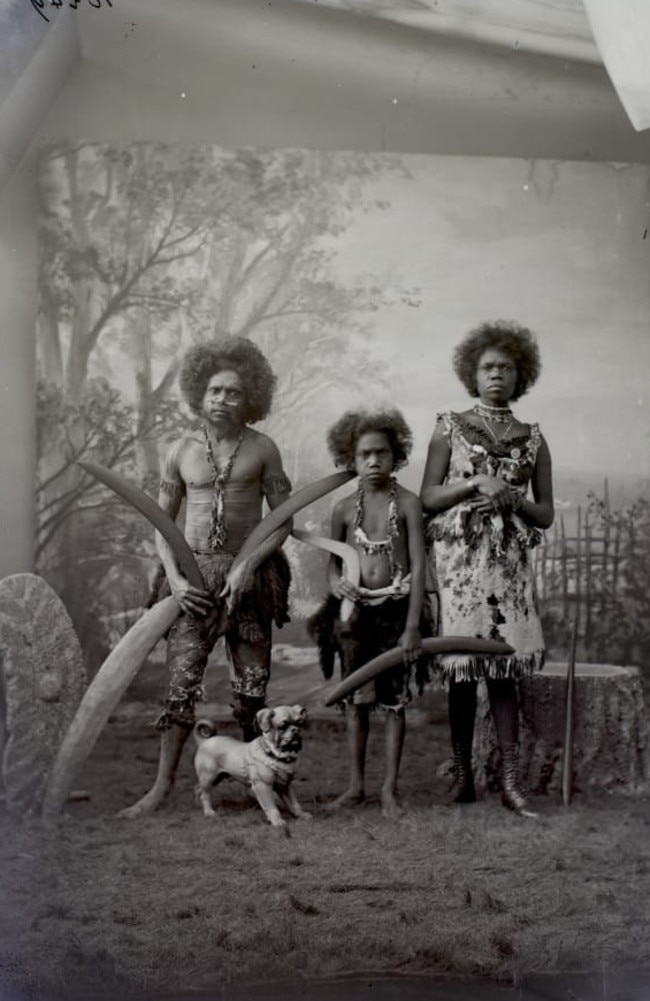

The human zoo wasn’t a one-off. Others existed in Berlin, London and the US, but have long been demolished “in a rather successful attempt to sweep their shameful past under the rug,” Lawless said in a blog post.
“Walking through the now-abandoned site was a surreal experience. It was difficult not to lose complete faith in humanity. Several of the old exhibits were falling apart, but they still had the subtle nuances of something more sinister, such as the rusted iron bars across the windows and the shattered greenhouses that were once used to sustain the zoo,” Lawless wrote.
France’s ‘human zoo’ is now decaying and decrepit.
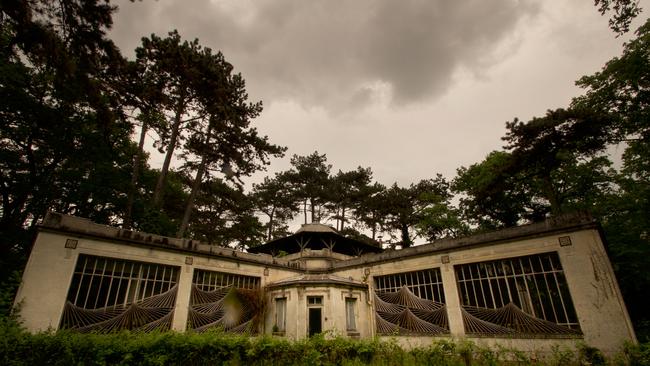
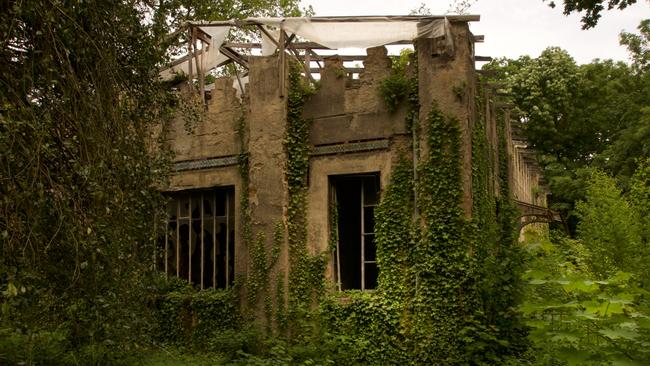
“I approached the old entrance to the human zoo, which consisted of a large Asian-inspired wooden structure millions of people had passed through for the opportunity to gawk at the nameless … people kept neatly on display who were treated more like species than human beings,” Lawless wrote.
“The old entrance was like a guard hiding a secret. As I walked underneath it, gazing up at the ghost of the terrifying gatekeeper, chips of the faded red paint hit my face.”
In World War I it was reportedly partially used as a military hospital. The garden was converted into an agricultural facility in later years, but it too fell by the wayside and was left abandoned for decades.
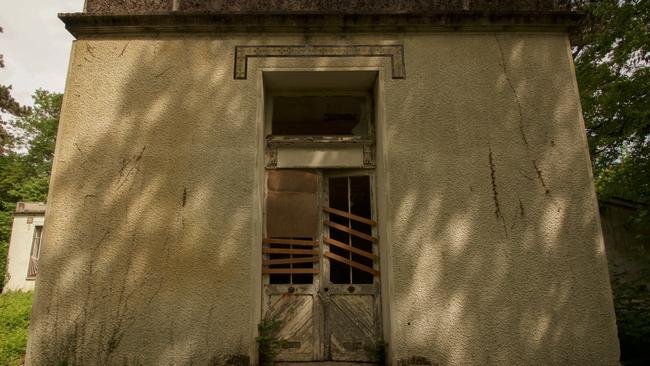
Since 2003 the City of Paris has had control of the site, but it remains largely untouched.
They did reopen it to the public in 2007 so people could see what it had become.
Not much, as it turns out — it continues to deteriorate behind bamboo and other tropical plants that are slowly, gently pushing through the windows and cracks of the pavilions.
The five “living villages” are still in place and the garden is open to visitors, but the buildings themselves are fenced off and have almost completely collapsed.
Visitors’s describe a tour there as “peaceful”, but a little spooky.
Thankfully, the humans have long since been freed.
At the end of the six-month exhibition in 1907, they were returned to their real homes.
Lawless’ eerie visit struck a deep chord.
“I’ve been hired to document very serious things over the years from natural disasters to life-altering environmental catastrophes. That being said, this was among the hardest projects I’ve documented,” Lawless wrote.
